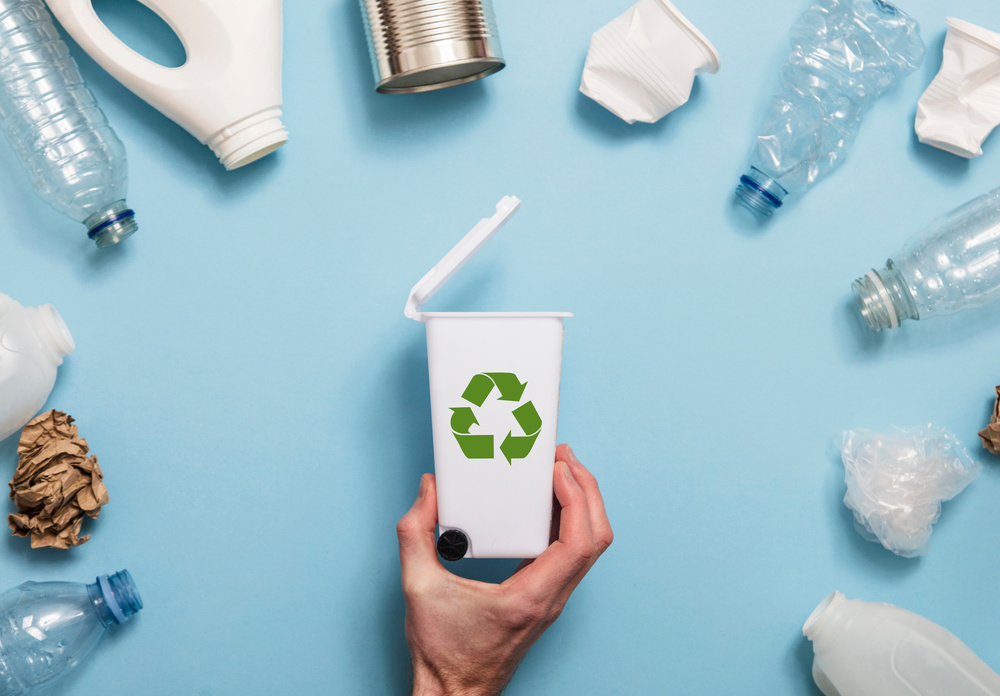Few manufacturing materials are as controversial as plastic. For reasons that seem more political than anything else, there is a strong and growing movement around the world to ban certain types of plastics while simultaneously punishing companies for producing them. But there are better ways to approach plastic recycling and disposal. Enzymes could be the key to doing so.
Right now, there is plenty of talk about creating a circular economy within the plastics industry. A truly circular model would result in every bit of plastic waste being recovered and put back into manufacturing new plastic products. We are still a long way from achieving a truly circular process, but we are getting closer. And again, enzymes could be the key.
Mechanical Plastic Recycling
As things currently stand, the most common way of recycling plastic is through mechanical recycling. It is what Tennessee-based Seraphim Plastics does. Seraphim buys scrap plastic from manufacturers, distributors, industrial operations, etc. They mechanically recycle the material by running it through a series of grinders and shredders to create a product known as regrind. The regrind is purchased by manufacturers and put into new products.
Mechanical recycling is easy enough to do. It doesn’t require a lot of energy or tons of complicated scientific equipment. Its biggest downside is that mechanical recycling reduces the strength and integrity of the material. That is why regrind needs to be combined with virgin plastic pellets for manufacturing.
Chemical Plastic Recycling
Another way to recycle plastic is through chemical means. Plastic waste is treated with a chemical mixture designed to break it down into its individual components. It is effective enough, but chemical recycling is expensive and polluting. It is also energy intense. It certainly isn’t the ideal way to recover waste plastic. It is not utilized that much as a result.
The Enzyme Approach
The enzyme approach to plastic recycling is similar to the chemical approach except that enzymes are used to break down plastics. Enzymes are proteins known for their ability to facilitate chemical reactions in biology. Our bodies are full of them.
It turns out that some enzymes can break plastic down into its base components by initiating a series of chemical reactions. And unlike chemical recycling, enzyme recycling doesn’t pose a significant environmental risk related to the materials being used. It does not require nearly as much energy and can result in a greater recovery rate with little to no harm to the base components.
Enzyme plastic recycling has proven itself in the lab. More than one researcher has come up with an enzyme solution capable of breaking plastics down thoroughly. Now it is a matter of settling on the best enzymes and recycling processes, then scaling them up to industrial levels. At least one researcher in Colorado thinks we could be there in a decade or so.
A Circular Plastics Industry
If the right enzymes and processes can be scaled up accordingly, we could ultimately end up with a truly circular plastics industry. As someone who grew up hearing that recycling was the main key to saving the planet, I am of the opinion that this is a better approach than trying to ban plastics or punish companies for making them. Figuring out a way to make plastic circular is a positive solution. Plastic bans and corporate fines are little more than negative reinforcement.
A truly circular plastics industry is within reach. And right now, it seems that enzymes are the key to making it happen. If we could put more effort into such research, we could get to a circular industry more quickly.
